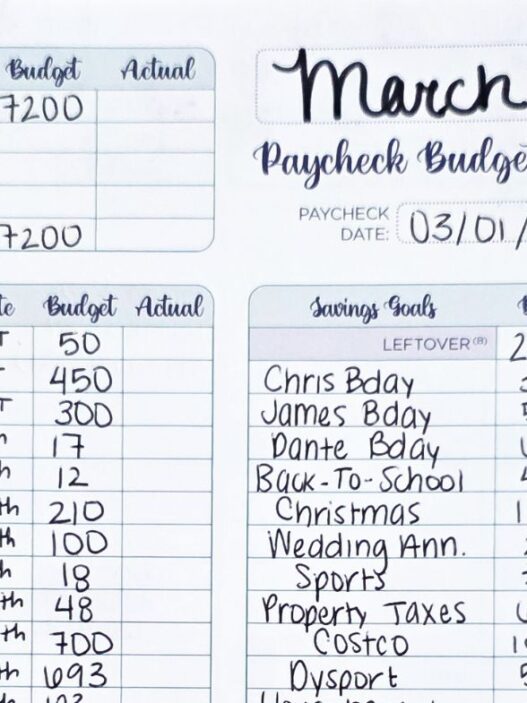In today's ever-changing economy, having a financial protection plan isn't a luxury—it's a necessity. Whether you're navigating job changes, planning for retirement, or preparing for unexpected emergencies, building a strategy to safeguard your finances can provide peace of mind and long-term stability. A strong plan involves more than just budgeting; it means creating safety nets, managing debt effectively, and making informed decisions that align with your life goals.
Start by Building an Emergency Fund
One of the first steps in any financial protection plan is establishing an emergency fund. This reserve acts as your financial cushion when life throws you unexpected expenses, such as medical bills, home repairs, or job loss. A commonly recommended goal is to save three to six months' worth of essential living expenses. Keeping these funds in a high-yield savings account ensures both accessibility and security. According to the National Credit Union Administration, savings accounts are federally insured for up to $250,000 per depositor, giving you an added layer of protection and peace of mind.
Develop a Smart Budget That Reflects Your Priorities
Budgeting isn't about restriction—it's about control. Creating a monthly budget allows you to allocate funds toward essentials, debt repayment, savings, and discretionary spending. When done right, it reflects your values and long-term priorities. Start by tracking all income sources and expenses, then categorize them to see where your money is going. This clarity will help you identify areas for savings and keep spending in check. Whether you prefer digital apps or spreadsheets, the key is to stay consistent.
Address and Manage Debt Strategically
Dealing with debt is a critical part of any financial protection plan. Rather than ignoring it, create a strategy to reduce it over time. According to Attorney Brooks, legal options like Chapter 13 bankruptcy, the process involves consolidating debts and proposing a court-approved repayment plan that typically spans between 3 to 5 years. By doing so, individuals can protect their assets while regaining control over their finances.
Take Advantage of Employer Benefits and Remote Work
Review your employee benefits package to ensure you're taking full advantage of what's offered. Health insurance, retirement contributions, life insurance, and flexible spending accounts can significantly strengthen your financial safety net. If remote work is an option, it may also offer unexpected advantages. According to research by Sun Microsystems, employees who work from home save about 60% of the time they would have spent commuting to do actual work.
Invest for Long-Term Growth and Stability
Investing is an important pillar of financial protection. By putting your money to work in assets like stocks, bonds, or mutual funds, you can outpace inflation and grow your wealth over time. Consider diversifying your portfolio to minimize risk while aiming for reasonable returns. If you're unfamiliar with investing, consult a financial advisor or start with low-cost index funds. Remember, the earlier you begin, the more time your investments have to grow through compound interest.
Plan for Retirement Early and Consistently
Retirement might feel far off, but the earlier you start planning, the stronger your financial foundation will be. Contribute regularly to retirement accounts like 401(k)s or IRAs and take advantage of employer-matching programs whenever available. These contributions not only grow tax-deferred but also serve as a crucial part of your overall protection plan. Setting clear retirement goals—such as desired age and lifestyle—will guide your savings strategy.
Continuously Educate Yourself on Financial Literacy
Knowledge is power—especially when it comes to money. Make it a habit to read personal finance blogs, watch educational videos, or take courses that expand your understanding of budgeting, investing, taxes, and estate planning. The more you learn, the more empowered you are to make smart decisions that align with your financial goals. Financial literacy is a lifelong journey, and even small improvements in your knowledge can lead to better outcomes and a more resilient financial future.
A strong financial protection plan isn't built overnight—it's the result of thoughtful planning, consistent action, and a willingness to adapt. By focusing on key pillars like savings, debt management, insurance, and retirement planning, you create a robust framework that can weather life's uncertainties.
The post How to Build a Strong Financial Protection Plan appeared first on MoneyMiniBlog.



















